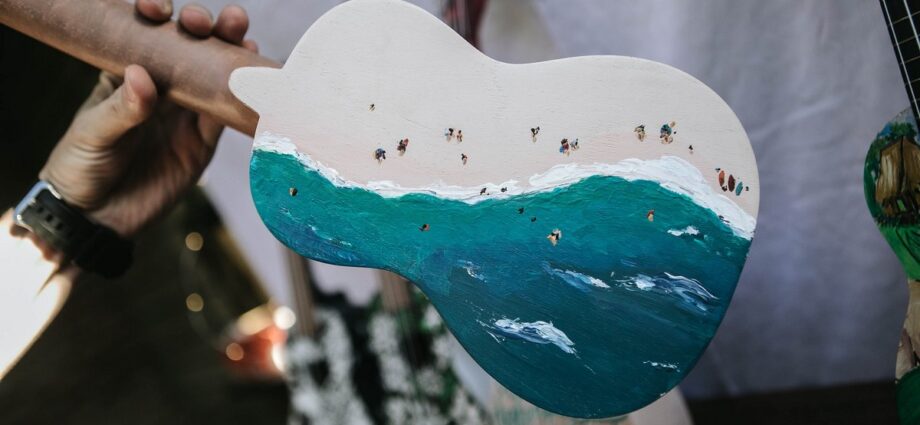All types of art have common roots – originating from syncretism (that is, the stage of their inseparable coexistence, for example, in ritual). Once upon a time, the features of each of the nascent arts fulfilled one of the functions necessary to reproduce ritual. But the rituals have gone away, and the arts have separated, their separate histories have begun.
Now it seems that music, painting, dance and other arts are unrelated. They have a different external form, affecting the different senses of man. But this is not entirely true, the inner connection between them has remained forever.
Rhythm
Music is born of sound combinations that rhythmically line up and thus make a sensory impression. Classical music uses harmonizing sounds, avant-garde art tends more toward disharmony, toward imbalance, which is similar to the very time in which this art is created: pivotal, impetuous, revolutionary.
And painting rhythmically organizes all the elements from which the picture is created: the composition, the color scheme and the palette of the work. So music and painting are created from the interaction of different constituent parts, which may refer in painting to music, and in music to painting. Let us address each of these levels separately.
Rhythm is probably the most universal basis for a work of art (and not only). It is the rhythmic organization that makes a musical, pictorial or literary text whole. Rhythm arranges the other constituent elements (notes, themes, voices or composition, colors, characters) into some order that the viewer or listener perceives and then there is an emotional response to the musical painting in their souls.
But if the music has a duration, the rhythm of it reveals itself sequentially as it plays, then we see the whole picture at once. But this is a universal impression. The rhythm in a painting also reveals itself sequentially, under observation. Longer one looks, one sees more (and hears the music caught in the colors).
Gamma and palette
You can’t imagine painting without color relationships; they fill the picture with life! And the color scale and palette systematize them, realizing the rhythm fixed in the composition as well. The color scale, as its musical analogue, determines the basic color solution of a work. Cold or warm, light or dark shades of paint will be used.
